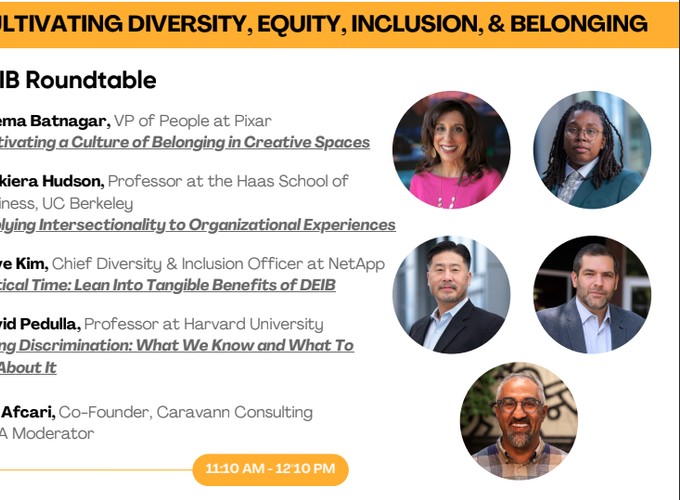Image credit: Berkeley Culture Connect Conference
Applying Intersectionality to Organizational Experiences
 Image credit: Berkeley Culture Connect Conference
Image credit: Berkeley Culture Connect Conference
Applying Intersectionality to Organizational Experiences
Abstract
Scholars and practitioners have developed many best practices to deal with sexism in the workplace. However, the way we usually talk about identity, and gender identity specifically in this example, can often miss important complexities. Because research that examine gender stereotypes and their consequences rarely specify the race and sexual orientation of their intended targets, it is likely that these findings are based on prototypical representations of people, who are presumed white and straight. We run the risk of our DEIB practices leaving people out if we do not take peoples intersecting identities into consideration.
Date
Jan 10, 2024
11:10 AM
— 12:10 PM
Location
Berkeley, California